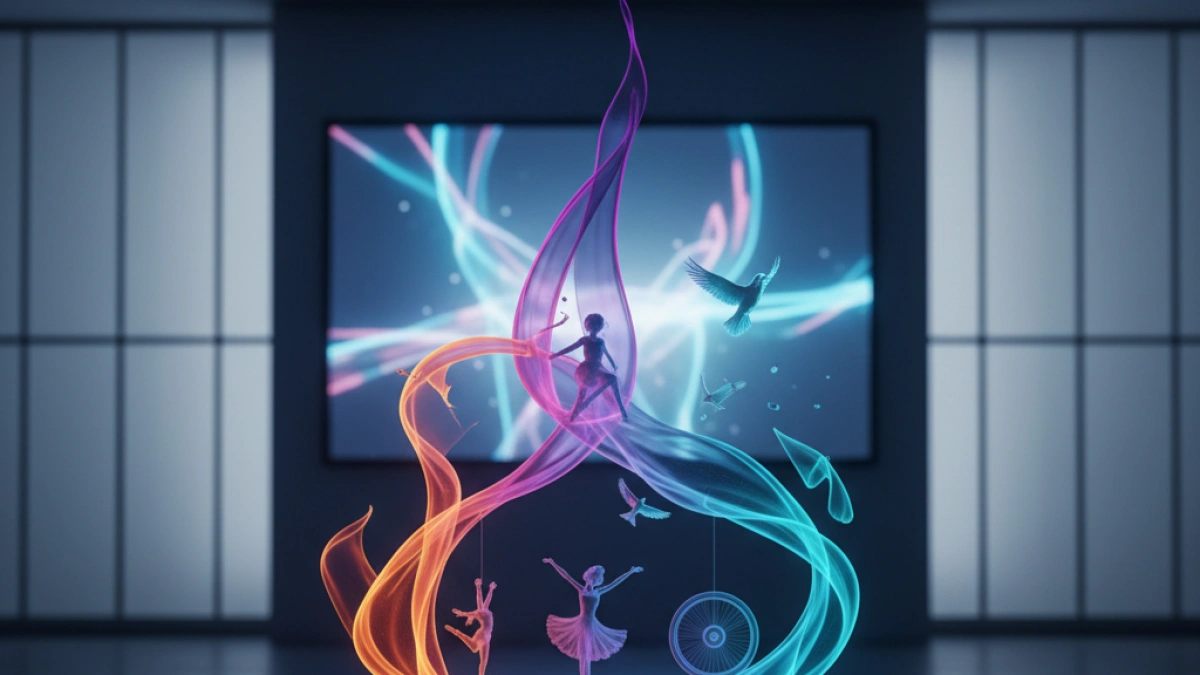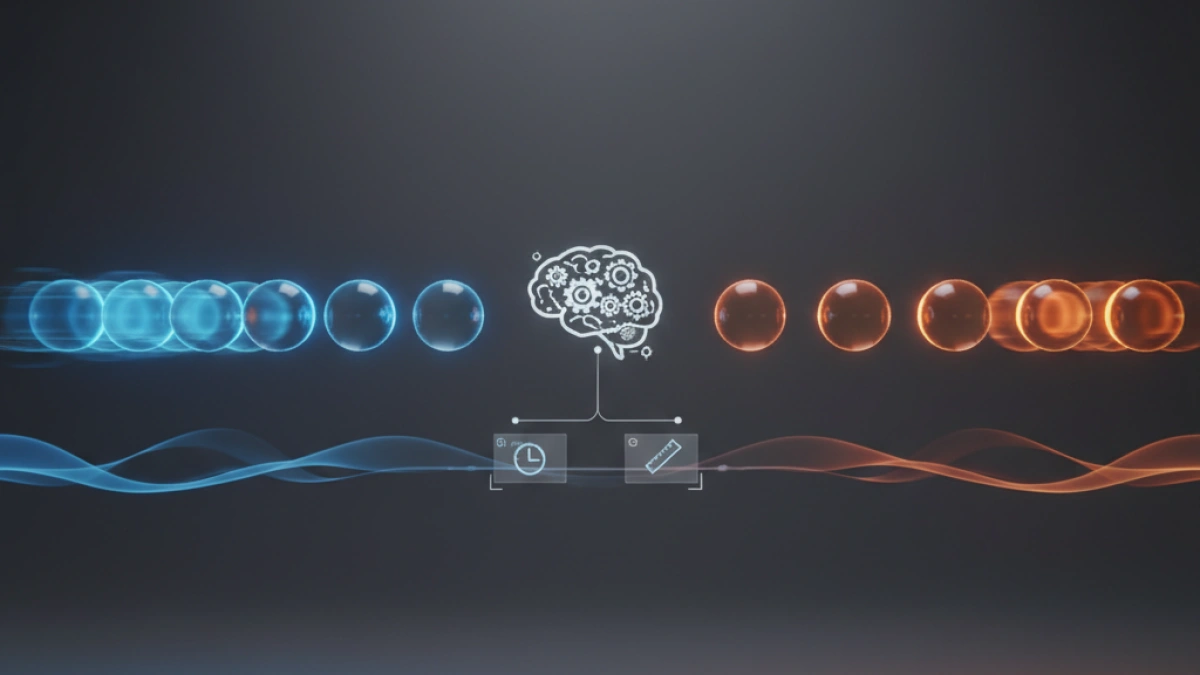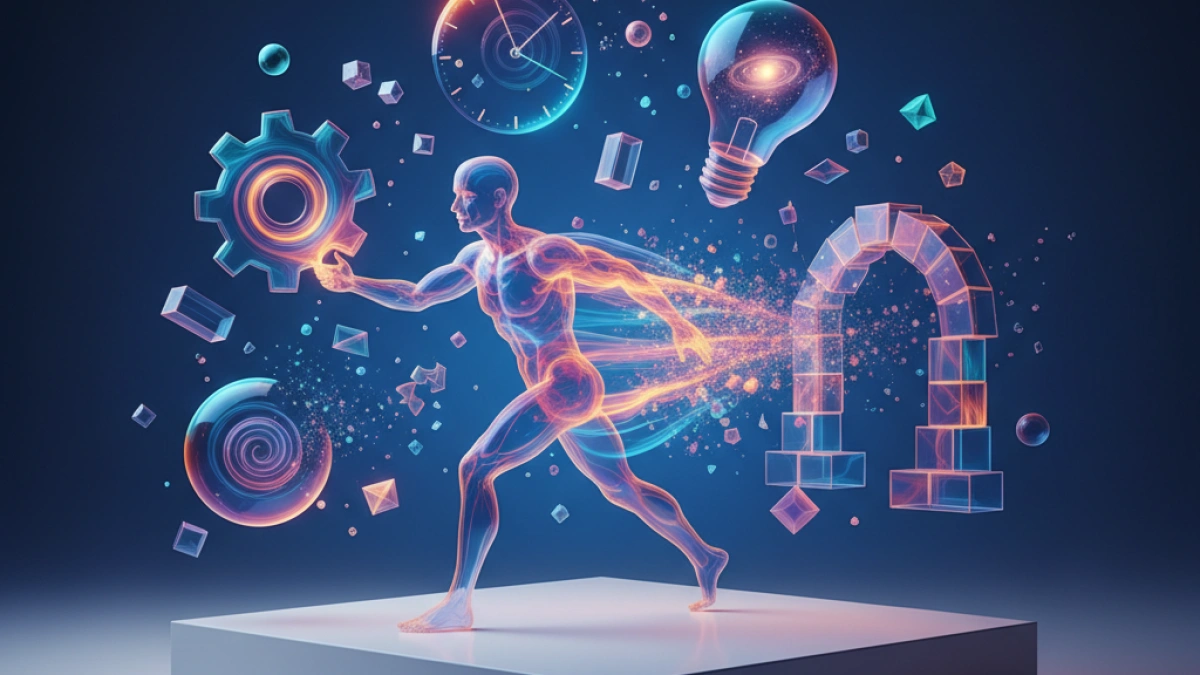What are the Principles of Animation?


Animation is a form of art that has evolved significantly over the years. From the early 2D drawings to the sophisticated 3D animations we see today, there are certain principles that underlie all forms of animation. These principles are not only fundamental for creating more realistic animations but also help in effectively telling stories. In this article, we will explore the most important principles of animation, how they are applied, and why they are essential for any animator.
What Are the Principles of Animation?
The principles of animation are a series of guidelines that were largely formulated by Disney animators and have been adopted by the animation industry in general. These principles provide a framework for creating more cohesive and engaging animations, ensuring that the movement and expressions of characters are believable and exciting. While there are several principles, the most recognized ones are:
- Anticipation
- Straight-Ahead Action and Pose-to-Pose
- Follow Through and Overlapping Action
- Timing
- Exaggeration
- Appeal
- Action
- Arcs
Let’s take a closer look at each of these principles.
Anticipation
Why Is Anticipation Important in Animation?
Anticipation refers to the movements a character makes before performing a main action. This principle is crucial because it prepares the audience for what is about to happen, making the action more effective and understandable. For example, a runner who crouches down and moves their arms before taking off creates an expectation in the audience.
Read also
Examples of Anticipation
- Preparing for a jump: A character crouching before jumping.
- Getting ready to attack: A character clapping their hands together before casting a spell.
Straight-Ahead Action and Pose-to-Pose
Understanding Straight-Ahead Action and Pose-to-Pose
Straight-ahead action refers to creating animation frame by frame from start to finish, which can result in more fluid and dynamic movement. Pose-to-pose involves setting key poses first and filling in the intervals later. This principle emphasizes that every action should be fluid and coherent with the previously established anticipation.
Examples of Straight-Ahead Action and Pose-to-Pose
- Jumping: A character launching into the air with a clear trajectory.
- Walking: The movement of the legs and arms should be balanced and natural.
Follow Through and Overlapping Action
Importance of Follow Through and Overlapping Action
Follow through involves the continued movement of parts of a character's body after the main action has stopped. Overlapping action refers to the different timings at which parts of the body move. This principle adds realism and depth to the animation, making characters appear more alive. Follow through and overlapping actions should not distract from the main movement but enhance it.
Examples of Follow Through and Overlapping Action
- Head movements: A character nodding or turning their head while speaking.
- Hand gestures: A character using their hands to emphasize a conversation.
Timing
What Is Timing in Animation?
Timing refers to the speed and rhythm of an action. This principle is vital for giving animations a sense of weight and realism. Incorrect timing can make an action appear unrealistic or confusing. For example, a quick punch can convey force, while a slow movement can seem heavier.
Examples of Timing
- An explosion: The action should be quick and sudden to be impactful.
- A smooth movement: A dance or turn should have a flowing and controlled rhythm.
Exaggeration
The Role of Exaggeration in Animation
Exaggeration is a principle that brings characters to life by amplifying their movements or emotions. This principle is particularly effective in animation, as it allows animators to take expressions to a level often not seen in real life, making the story more exciting and fun.
Examples of Exaggeration
- Dramatic gestures: A character fainting with an exaggerated movement.
- Emotional reactions: A character getting surprised and their eyes widening significantly.
Appeal
Why Is Appeal Essential?
Appeal refers to the visual and emotional quality of a character that makes them attractive to the audience. This can include the character's design, personality, and manner of movement. An appealing character grabs the viewer's attention and makes it easier to establish an emotional connection.
Examples of Appeal
- Character design: Characters with striking shapes and colors.
- Charismatic movements: A character who moves confidently and fluidly.
Interaction
The Importance of Interaction in Animation
Interaction refers to how characters relate to each other and their environment. This principle is key to creating a compelling narrative, as it allows characters to respond logically to their circumstances.
Examples of Interaction
- Dialogue: Two characters looking at each other and using gestures while speaking.
- Environment: A character ducking to avoid objects flying towards them.
Arcs
Understanding Arcs in Animation
Arcs refer to the natural paths that objects follow when moving. This principle is crucial for giving animation a more organic appearance. Arcs improve the fluidity of the action and are essential for movements like jumps and throws.
Examples of Arcs
- Throwing a ball: The trajectory of the ball following a natural curve.
- Walking: The path of the leg following an arc as the foot lifts off the ground.
Conclusions
The principles of animation are a crucial foundation for creating effective and exciting animations. From anticipation to appeal, each principle plays a vital role in how viewers perceive animation. Understanding and applying these principles will allow animators to tell stories more effectively and bring their characters to life.
By incorporating these principles into your animation work, you will not only improve the quality of your creations but also offer your audience a richer and more engaging experience. Never underestimate the power of the principles of animation in your creative process!

















